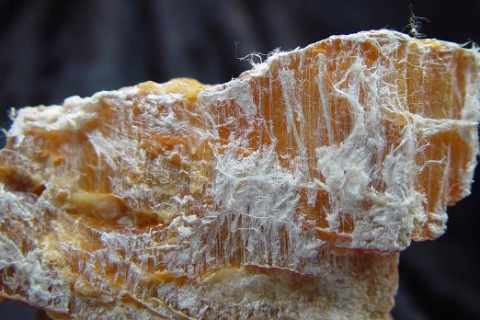
Asbestos Facts & Statistics
According to asbestos statistics from the World Health Organization, more than 90,000 people die annually from asbestos-related diseases around the globe. CDC data from 2022 shows mesothelioma claimed 2,236 lives in the U.S. Asbestos exposure also raises the risk of noncancerous diseases.
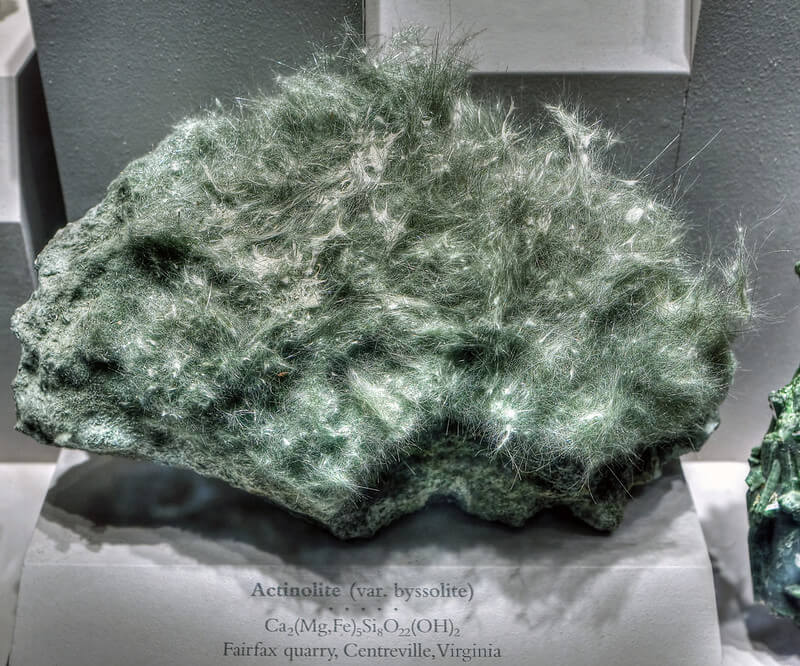
Asbestos Facts
Decades of research have proven that exposure to asbestos, a naturally occurring mineral, causes cancer and other nonmalignant diseases. Those exposed to asbestos are at risk of developing mesothelioma, asbestosis and pleural abnormalities. Asbestos exposure deaths connected to various occupations have risen 20.2% in the U.S. from 1990 to 2019.
91%
The percentage of the approximately 255,000 global asbestos-related deaths that are attributed to work-related exposure.
Asbestos played a vital role in American commercial product manufacturing throughout the 20th century. It was used in thousands of products before the introduction of regulations in the 1970s. According to the World Health Organization, approximately 125 million people globally are still exposed to occupational asbestos.
- Asbestos has been banned in more than 60 countries, though only partially in the U.S.
- Asbestos exposure is the No. 1 cause of work-related deaths in the world.
- Approximately 255,000 people die from asbestos-related diseases globally each year.
- More than 125 million people worldwide remain at risk of occupational exposure to asbestos.
- About 1.3 million U.S. workers in construction and general industry are at risk of exposure today.
Types of Asbestos
Six types of asbestos mineral fibers occur naturally throughout the world. Each asbestos type has a unique structure and different uses in manufacturing.
There are 2 categories of asbestos: Serpentine and amphibole. Chrysotile asbestos belongs to the serpentine category, and the 5 other types belong to the amphibole category.
- Actinolite
-
Actinolite asbestos is less common than other asbestos types. It can occur as a contaminant in chrysotile asbestos, talc and vermiculite. Actinolite asbestos was traditionally used in drywall, insulation, cement and paint products.

- Amosite
-
Amosite asbestos, also known as brown asbestos, is often in construction materials. Manufacturers used this asbestos type in roofing, cement and insulation for homes. Amosite fibers range in color from green-brown to gray.
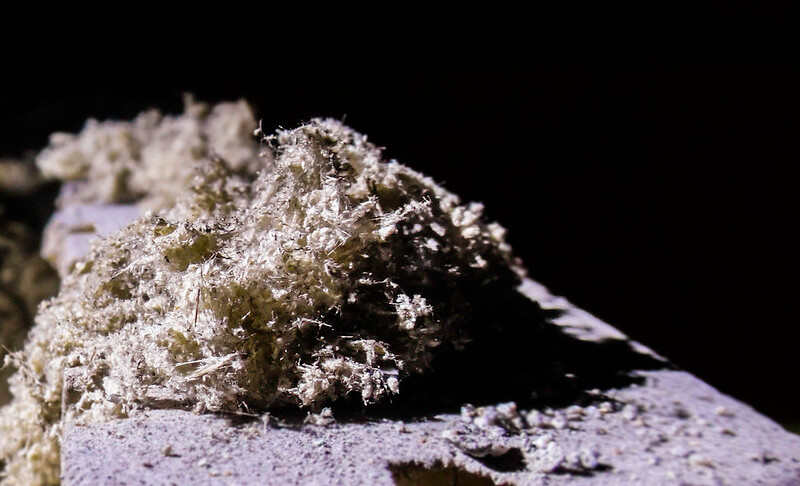
- Anthophyllite
-
Anthophyllite asbestos was used in limited amounts to make construction materials such as insulation and cement. This fiber may have a white, gray or dull green color. Anthophyllite can contaminate talc, chrysotile asbestos and vermiculite.

- Chrysotile
-
Chrysotile asbestos is the most common type of commercially available asbestos. It’s made of long, flexible fibers. Manufacturers use chrysotile asbestos in car parts, including brake blocks and gaskets. This mineral is also found in construction materials and insulation.
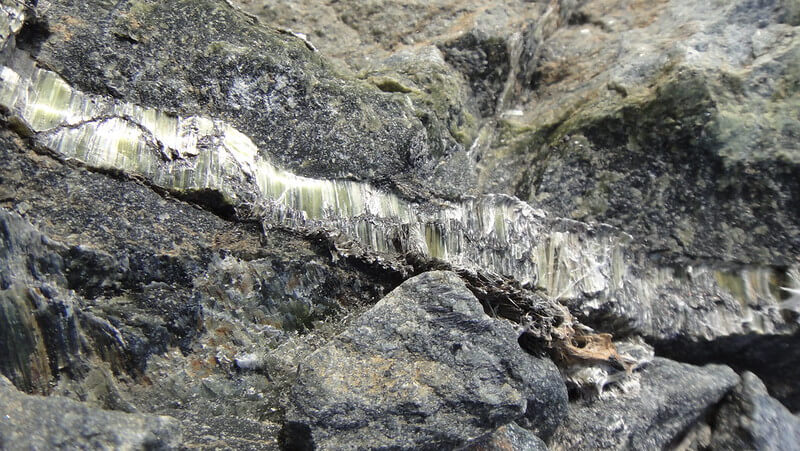
- Crocidolite
-
Crocidolite asbestos (blue asbestos) consists of fine fibers easily inhaled into the lungs. This makes crocidolite one of the most deadly types of asbestos. It was previously used to make insulation, cement products, tiles and plastics.
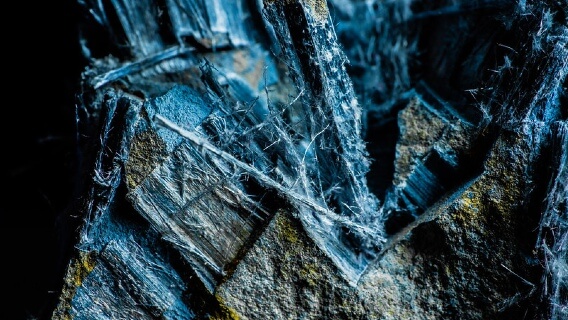
- Tremolite
-
Tremolite asbestos is a heat-resistant type of asbestos no longer mined for commercial use. It may be found as a contaminant in talc-based beauty products, including makeup and talcum powder. Roofing, insulation and paint products also included tremolite.

Its potential to cause fatal diseases led the Environmental Protection Agency to announce a ban on chrysotile asbestos. Supporters of the ban hope it will protect Americans from the harmful effects of asbestos.
How Common Is Asbestos?
Asbestos has become less common in recent years, as the EPA has pushed for banning the mineral. In 2019, the U.S. consumed 450 tons (900,00 pounds) of asbestos. This number dropped significantly to 150 tons (300,000 pounds) in 2023. Imports of asbestos mineral fibers and asbestos-containing products have also declined in the last few decades.
Today consumers may encounter asbestos in contaminated beauty products such as talcum powder. It’s also present in automotive parts such as gaskets, brakes and clutches. Older buildings are sources of legacy asbestos-containing materials such as cement, roofing and insulation.
Carla’s mesothelioma was linked to a history of asbestos exposure. “It started with me going down to the Oneida County Courthouse in Utica, New York, with my dad,” she told The Mesothelioma Center. “I would go down there with him, and it was very dusty in the boiler room. There would be chunks of gray, fibrous stuff down there. I didn’t know what it was, but I’d pick it up and play with it.”
Who Is at Risk of Asbestos Exposure?
Anyone who works with asbestos products is at risk of exposure. Individuals in certain industries are at the highest risk, including construction workers, manufacturers and military personnel. Those who served in the military may have been exposed in Navy shipyards or in combat when buildings were destroyed.
Individuals who live with a worker exposed to asbestos can experience secondary exposure. Washing a worker’s clothing is a common source of secondary exposure. Those who live with others who work with asbestos should know the signs of exposure.
- Auto mechanics
- Boilermakers
- Construction workers
- Electricians
- Firefighters
- Industrial workers
- Insulators
- Millers
- Miners
- Plumbers
- Power plant workers
- Shipyard workers
Geographic location also influences asbestos exposure. Certain states have natural asbestos deposits or heavily relied on asbestos-related industries for jobs.
Residents of Libby, Montana, have a long history of exposure and asbestos-related deaths. Other states associated with environmental asbestos exposure include Washington, Pennsylvania and California.
Diseases Asbestos Exposure Can Cause
Numerous scientific studies have proven exposure to asbestos causes cancerous and noncancerous diseases. Asbestos fibers are extremely fine and easy to inhale deep within the lungs. The fibers lodge in the lung tissue, creating inflammation that eventually leads to mesothelioma or pleural diseases.
Mesothelioma is the most well-known disease resulting from contact with asbestos. This cancer has a long latency period following asbestos exposure. It may take 20 to 60 years for an individual to develop mesothelioma.
Recent research has also found using talc-based powder on the genitals raises the risk of ovarian cancer. The U.S. Food and Drug Administration has found some talc products are contaminated with asbestos.

Get help paying for mesothelioma treatment by accessing trust funds, grants and other options.
Get Help NowAsbestos Statistics
Recent asbestos statistics show consumption has fallen dramatically in the U.S. in recent years. Since 2018, U.S. manufacturers have used less than 500 tons of asbestos, compared to more than 800,000 tons in 1973. Mining operations have ceased in the United States, but the chloralkali industry imported 224 tons of asbestos in 2022 and used stores of it for production in 2023.
- Global asbestos production fell from 4.8 million metric tons in the 1970s to 1.3 million metric tons in 2023.
- Consumption of imported asbestos has fluctuated with 450 tons consumed in the U.S. in 2020 and 150 tons consumed in 2023.
- Occupational asbestos exposure was responsible for 209,481 deaths in 2016. This equates to more than 70% of all work-related cancer fatalities.
The FDA also monitors talc products for asbestos contamination. A 2024 report announced that the FDA found no asbestos in tested talc products in 2023. However, 66% of 1,032 cosmetic talc products tested as part of litigation were positive for asbestos between 1948 and 2017.
Asbestos Exposure Studies
Exposure studies reveal much about health effects and who is at risk of developing an asbestos-related disease. Individuals may have asbestos exposure at work or through asbestos-contaminated products.
One study investigated genital talc use and the risk of ovarian cancer. It found that women with a sister who had breast cancer were 1.17 to 3.34 times more likely to develop ovarian cancer after using talc.
Researchers have also studied where asbestos fibers collect in the body following exposure. Apart from the lungs, fibers tend to collect in abdominal organs, including the colon. Asbestos exposure is known to raise the risk of colorectal cancers. Studies are investigating other abdominal cancer types associated with asbestos, including kidney cancer.
Asbestos-Related Disease Statistics
Statistics show thousands of Americans are diagnosed with asbestos-related conditions each year. This includes both malignant and benign asbestos-caused diseases.
- In 2021, the latest year for which data are available, the CDC reported there were 209,500 new cases of lung and bronchus cancer.
- About 4% of all lung cancer cases in the U.S. are attributed to asbestos exposure.
- States with the highest rate of new mesothelioma cases in 2021 were Delaware, Idaho, Minnesota and New Hampshire. The rate was 1.0 in 100,000 people.
- The state with the highest total number of new mesothelioma cases in 2021 was California, with 284 new diagnoses.
In many cases, there are no cures for asbestos-related cancers and diseases. Global health authorities continue seeking bans on asbestos import and manufacturing to prevent disease.
Asbestos-Related Death Statistics
Of all the conditions, asbestos-related lung cancer claims the most lives. Mesothelioma is a rare cancer and is, therefore, the second-leading cause of death from asbestos exposure.
- In 2022, the CDC reported that 2,236 people died of mesothelioma in the U.S.
- Asbestos-related lung cancer causes an estimated 6,000 deaths in the U.S. each year.
- The state with the highest mesothelioma death rate in 2022 was Montana, with 1.3 in 100,000 people dying from the disease.
- The state with the highest total number of mesothelioma-related deaths in 2022 was California, with 208 deaths.
Mesothelioma and other asbestos-related conditions can take decades to develop. This means deaths may continue for a long time after bans and regulations have reduced exposure to asbestos.
Asbestos Treatment Cost and Compensation Statistics
The cost of mesothelioma treatment can average up to $12,000 per month. Surgeries, chemotherapy, immunotherapy and radiation therapy for mesothelioma quickly add up.
Cancer treatment in the U.S. is costly, running an estimated $208.9 billion in 2020, according to the National Cancer Institute. Healthcare costs are expected to continue rising, particularly for chemotherapy.
The surgical bill, anesthesia and hospital stay alone for one week with the surgery was $160,000. The radiation treatment was $30,000, I think.
Family members who have lost a loved one to mesothelioma can file an asbestos claim for compensation. The average mesothelioma settlement ranges from $1 million to $2 million.

Get help finding a top attorney who can get you the compensation you deserve.
Get Help NowAsbestos Information Resources
Organizations have come together to create more awareness of asbestos exposure and its related diseases. Nonprofit organizations, government agencies and hospitals offer invaluable information and resources on asbestos.
The Patient Advocates at The Mesothelioma Center work with mesothelioma survivors and their families to provide asbestos facts and information. This valuable resource is available to individuals with mesothelioma and their families so they may access treatment centers, specialists and other helpful insights.
Recommended Reading




